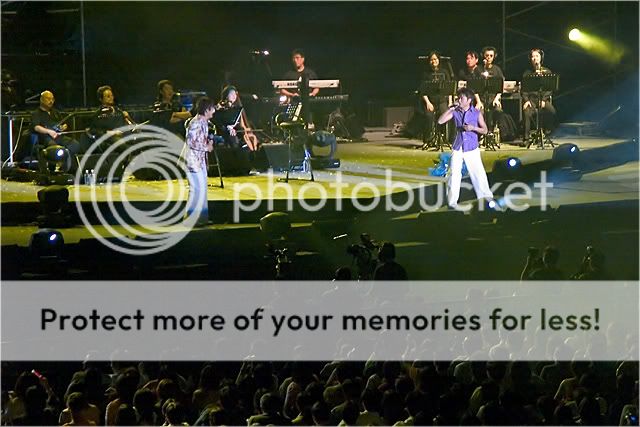I've taken some stage pictures but it turned out to be disastrous. I'm using canon G2. Is this good enough for taking such photos? As most of the performance is indoor, as such, the shutter have to be slower than normal. so I set it to lowest at 1/60. Aperture 2.0. ISO 400. Is this the right settings?
I can't set the shutter any slower than this as the movement will cause the pic to be blur. But if I set shutter higher, pic will become dark.
Really at my wits end. I've seen alot of good takes in this forum. What's the settings you guys normally set? Pls give me some tips on how i can improve. Pls dun ask me to upgrade to dslr :nono: no money ;p
I can't set the shutter any slower than this as the movement will cause the pic to be blur. But if I set shutter higher, pic will become dark.
Really at my wits end. I've seen alot of good takes in this forum. What's the settings you guys normally set? Pls give me some tips on how i can improve. Pls dun ask me to upgrade to dslr :nono: no money ;p



